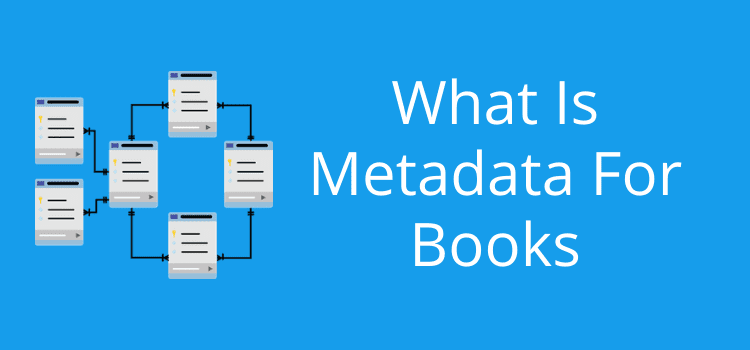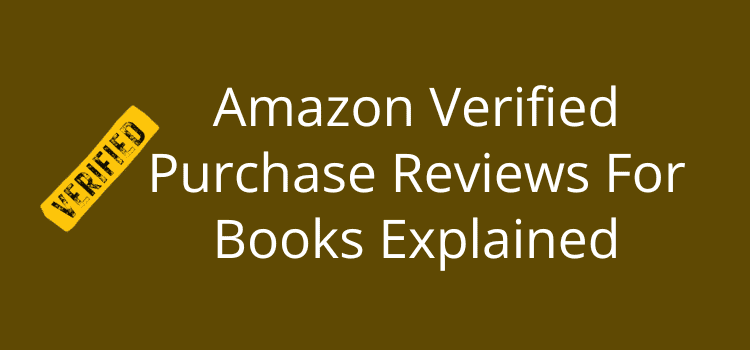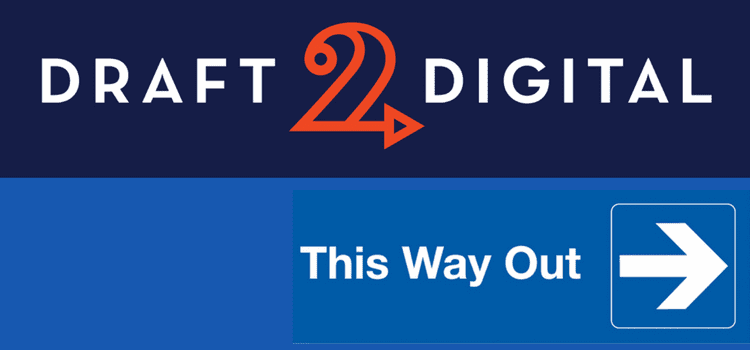
How does book metadata work with SEO? Metadata is the text written and added to web pages specifically for resource purposes for computer systems and search engines.
It helps them understand the page content for discovery and identification so that pages can be ordered and ranked by relevance.
You can use metadata for ebooks, books, blog posts, articles, website pages, and listing services such as online book retailers.
It contains essential information for a web page, such as location, publishing date, color depth, file type, or even store opening hours.
What is metadata?
Metadata can be created in many ways, but generally, document metadata describes the page title and SEO description.
Other metadata items include dates, locations, and ratings. This type of information is sometimes called internal metadata because regular page visitors can’t see it.
When you do a Google search, you will see meta tags in action, such as the page title and description for each search entry in the list of Google search results.
Here is the Google Search result for this article.

You can see the URL at the top. The purple line is the article’s meta title, and the black text is the meta description.
Metadata creation drives search engine optimization (SEO), so it is important to learn how to use basic SEO practices.
Metadata can be created manually for a blog except for the publication date. But it is also important for your website, blog posts, and books.
There is no mystery about it other than the fact that it is a vital part of information technology. Metadata is data about data, but you can’t see it on a web page.
It summarizes basic information about data that a search engine uses when it indexes pages.
Book metadata can help you sell ebooks
If you are an author, you are probably self-publishing.
You might use Amazon KDP, Smashwords, Draft2Digital, Apple, or B&N.
All of these services give you the possibility to improve your metadata.
You need to know how to use it to help sell more books.
Take it from me, as an author who was chronically lazy and left many of my long list of previously published books unchanged from the day they were published; times changed.
And how.
However, I was booted into action because, well, um, here comes my admission.
Because my book sales were falling, and I knew why.
I had not made it easy for readers to find my books.
No matter how many great reviews your books may have, if readers can’t search and find your titles on retail sites, how can you hope to sell more books?
The word metadata may sound technical, but in reality, it is very simple.
It is only about words and phrases that will help readers find your books.
For the sake of simplicity, I’ll use the example of what you can add to an ebook on Kindle Direct Publishing.
But it will work almost the same for all other publishing platforms.
What is book metadata, and what does it do?
Book data is what Amazon and search engines such as Google use to list your entry (book), so people can find it using the search feature on Amazon or Google Search.
When you publish your book, all the data you enter is metadata.
You can add even more Amazon metadata using your Amazon Author Central page.
These are many fields that hold instances of your data or, in some cases, preservation metadata.
They all add additional information to help manage your book entry on Amazon and other book retailers.
There are technical metadata standards for books and ebooks.
Basic book metadata will include the following elements: Title, author, subtitle, series title, categories, contributors, book description, and keywords.
For Amazon KDP, there is also administrative metadata for the Age Range and United States Grade Range.
You can create better metadata by using all these fields when publishing a book or ebook.
Amazon will index and use your data to make your book easier to find online by book buyers.
It takes some time to do the necessary research to update your books, particularly in selecting keyword phrases.
But after modifying the data, your changes update almost immediately on Amazon.
Keywords and categories are vital metadata
You can choose three categories for your book when you publish with KDP.
Each one becomes part of your metadata.
Select wisely, but avoid using general categories such as romance or science fiction.
Start by looking for a category that provides information more relevant to your book.
For one of my books, I selected FICTION > Thrillers > Espionage and FICTION > War & Military in place of my old categories of FICTION > Drama and FICTION > Historical.
Dig deeper to find more specific categories for your book.
The other important element is your choice of search keywords.
You can only use seven, so you need to research the best possibilities.
By selecting the best three categories and seven keywords, you increase the discovery chances for your book.
The power of metadata
Here’s an example using one of my books.
My previous keywords had my book listed at the wrong end of thousands of books, making it almost impossible to find.
But seven new keyword phrases got my book up into at least the top 20 search results.
Because the selection of your seven keywords is so important, you should take the time to find the best possible choices.
You can do this for free using the Amazon search pane.
Making your book more discoverable
If you look at the image below, notice the categories on the left.
Always list your book in three categories.
The other factor when people search Amazon is your choice of keyword phrases.
With a few changes to my metadata, I managed to get my book to appear at number four for wartime espionage.

One other change I made to my book was adding a subtitle.
Again, this is searchable data and helps readers find your book.
My book title, Louis, said little and was not going to be found by search. But adding the subtitle, The Life Of Real Spy, helped in guiding readers interested in the spy and espionage genre toward my book.
It was such a simple fix.
The most challenging change for me was in rewriting my book description.
Although it needs to contain all the typical SEO norms, such as keywords related to the title, subtitle, perhaps series name, and using some SEO power words, it should NOT include the seven keywords words and phrases used in the categories.
It is a bit strange, but as I have researched, it is a peculiarity of how Amazon uses document metadata.
Does it work?
Yes, improving your metadata helps make your book more discoverable online by making your data easier to find.
One other vital factor to know is that if you don’t get it right the first time, you can try again, and again, and again.
Experiment to see what works or doesn’t work.
It could be as simple as finding just one golden keyword phrase, changing a category, or editing your book description to make your book more discoverable and hopefully improve your book sales.
While I wouldn’t suggest that improving your data alone will magically increase book sales tenfold, you should consider it as one vital part of your package of book promotion strategies.
Wrap up
The Internet and information technology, in general, run on metadata.
So, it is essential to have a basic understanding of how metadata works.
It summarizes all the essential information about a web page.
Your book sales page on Amazon is a web page.
So, it describes your book in brief to search engines and Amazon search.
What is metadata? It is what attracts buyers to your book.
So yes, it is very important for you.
Related reading: Parts Of A Book – A Publishing Guide For New Authors




Kindly be sending the articles straight to my email inbox. They are so insightful as am preparing myself to be a publisher on Amazon someday. Raphael, Nairobi, Kenya.
You can subscribe to our new articles to receive them by email. You will find the subscribe link in the footer of our website.
I’m not sure, Emeka. However, it is always good practice to use appropriate file names.
What about making sure the file name of your manuscript matches your title/subtitle, does that make a difference like it does for Youtube?
Thanks for this helpful information. :) — Suzanne
What is your paid site for promoting books? :)
I found out that the ISNI that was created for my book from the Library of Congress records had misspelled the title. I sent correction messages to the agencies involved.
An ISNI describes a creator, not a work. The title of a book would not appear in an ISNI (International Standard Name Identifier). The ISNI could be affiliated with multiple works, but only as a statement (“this book was written by this author”). The name of the book might have been incorrectly associated with an ISBN, but even ISBNs are just numbers. They don’t contain the title of the book.